Tameya: Authentic Egyptian Falafel

Only some versions of Falafel are as beloved and distinct as Tameya: Authentic Egyptian Falafel, (pronounced at Ta'ameya in Arabic) made with fava beans instead of the traditional chickpeas, is a street food staple with a rich, herby flavour that sets it apart.
What Makes Tameya Different from Traditional Falafel?
Lighter, fluffier on the inside, and with a crisper outside thanks to a generous coating of sesame seeds, Tameya is an Egyptian twist on the Middle Eastern street food classic.
Whereas Falafel is traditionally made from chickpeas, our nuanced aunties use the humble fava bean in their traditional Egyptian Falafel recipe. The result is an unmistakably flavourful falafel bursting with fresh herbs such as parsley and coriander.
Served in a pillowy-soft wrap of warm pita bread, with a drizzle of tahini sauce, Taameya is synonymous with a warm snack or meal anytime.
Origins of Tameya in Egyptian Cuisine
Tameya, the Egyptian iteration of Falafel, has a long history in the Middle East. However, the term ‘falafel’ is a specific Palestinian slang for the various versions of deep-fried balls or patties made from ground chickpeas, broad beans, or both.
Therefore, peeled split Fava beans (broad beans) became the predominant ingredient of Tamiya, making it distinctive among the other varieties of Egyptian Falafel around the region.
Traditionally, it has been served as one of Egypt’s breakfast staples for hundreds of year. Yet at the same time as a snack or light meal, elsewhere in the Middle East. Using fava beans instead of chickpeas alongside the use of fresh herbs, gives Tameya a unique taste, texture, and its distinctive bright green colour.
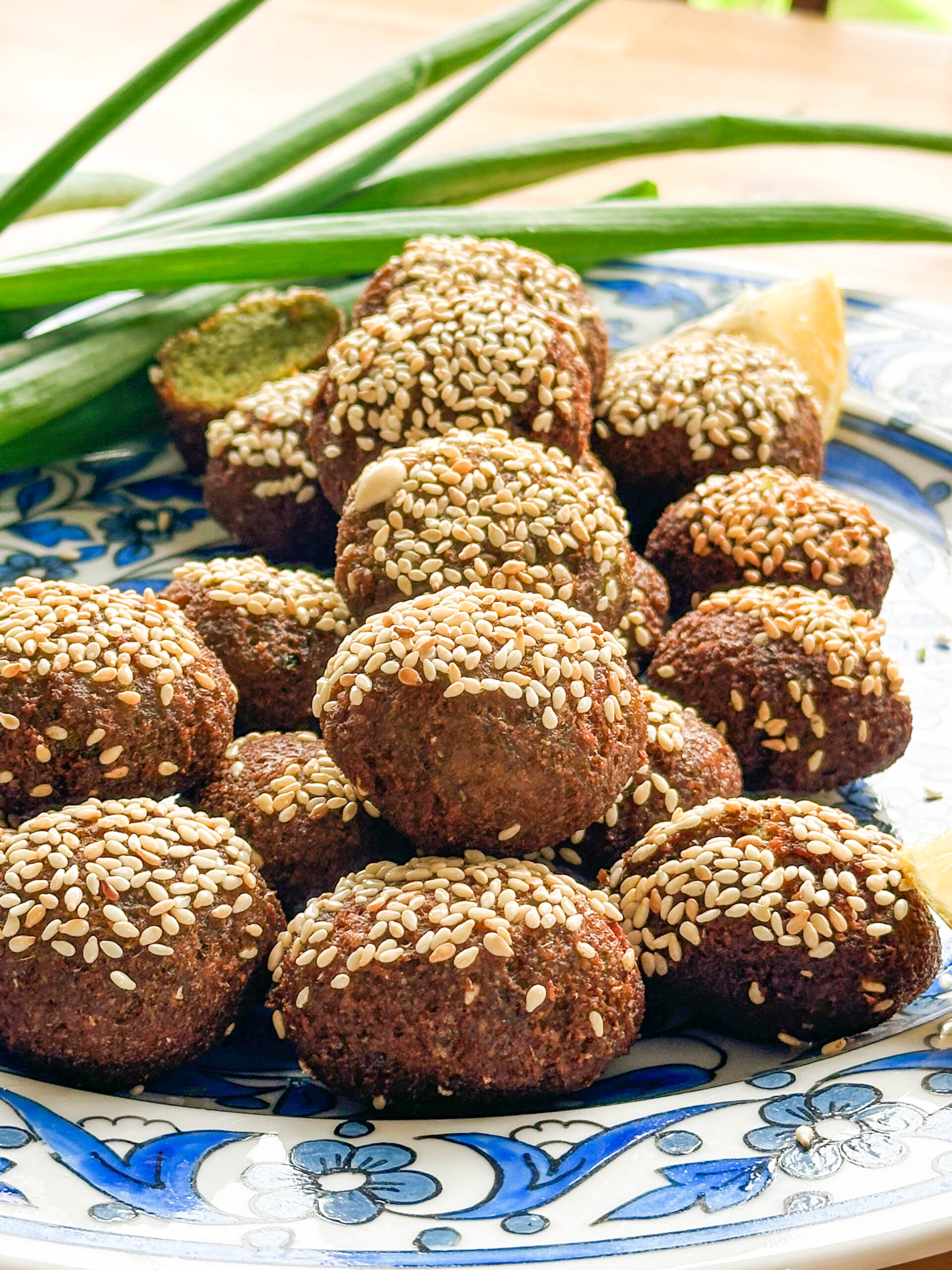
Key Differences: Fava Beans vs. Chickpeas
While its chickpea-based counterpart is more densely packed and features a more pronounced, nutty flavour. Tameya is usually lighter, fluffier inside, and has a thin, delicate, crusty exterior.
Chickpea-based Falafel also tends to have a more robust, earthy aroma, whereas fava beans give the dish a bright, herby character. Fresh herbs like cilantro, parsley, and dill are typically added to Tameya to enhance flavour and the colour.
The unique flavour and texture of Tameya comes from the fact that the patties are spiced with cumin, coriander, and garlic. Frying seals the outside for a crispy shell and leaves the outer layer of beans lightly stewed on the inside, soft and moist.
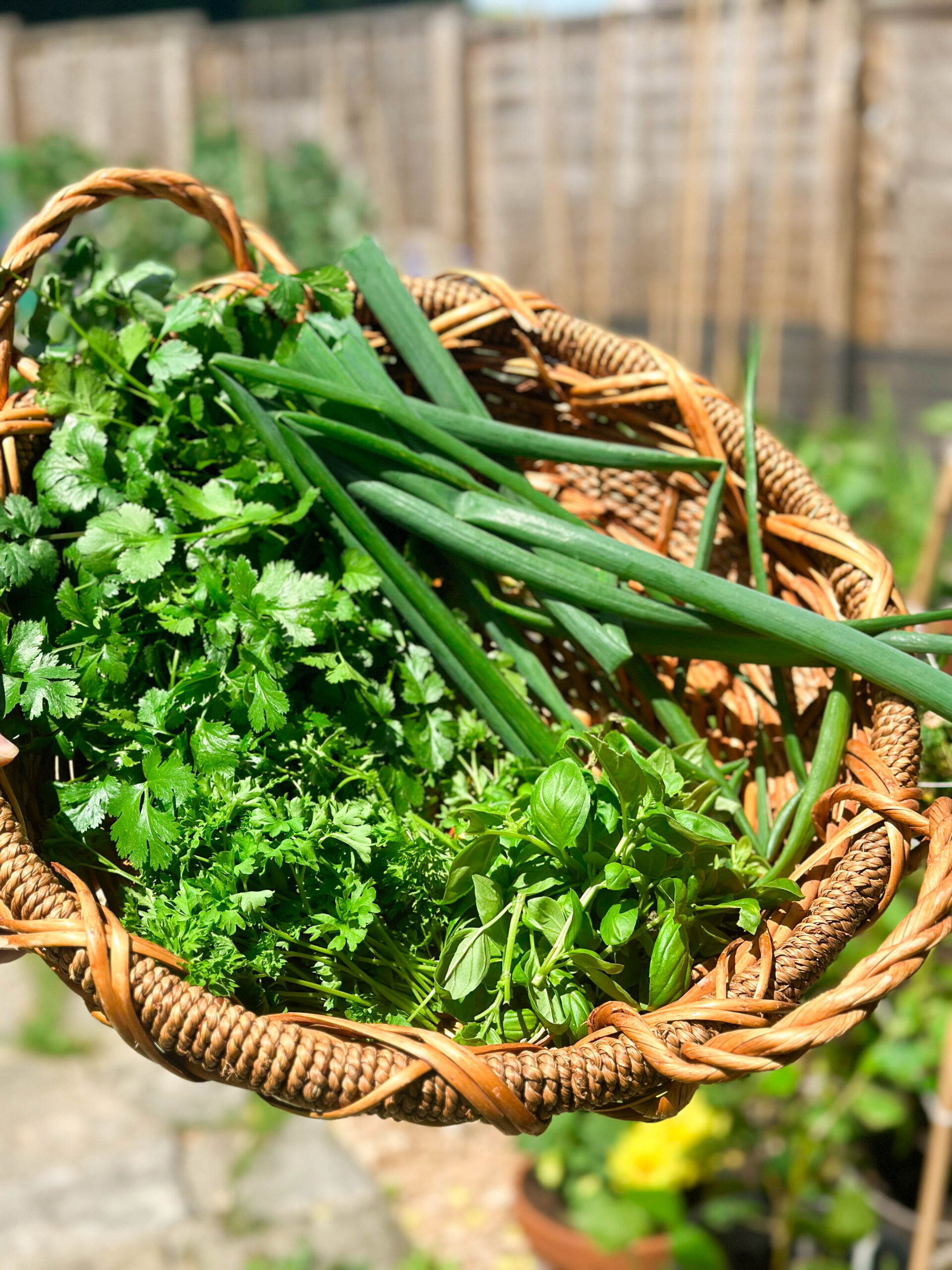
The Secret to Authentic Tamiya: Fava Beans and Herbs
Who would have thought that dried fava beans could be the start of something so incredibly delicious and wholesome?
The secret here is using green and golden onions, which really enhances the flavour. However, be careful, as too much onion can make the mixture more moist than it needs to be, making the shaping of the Tamiya harder.
How to make Tameya: Authentic Egyptian Falafel
Ingredients:
- 450 grams of dried fava beans
- 80 grams of green onions
- One small yellow onion, chopped
- Six cloves garlic, minced
- 30 grams fresh parsley, chopped
- 30 grams fresh cilantro, chopped
- 20 grams fresh dill, chopped
- Two teaspoons of ground coriander
- Two teaspoons of ground cumin
- One teaspoon of baking soda, powder
- Three teaspoon Salt
- One teaspoon of cayenne pepper to taste
- Two tablespoons flour (or chickpea flour for a gluten-free option if the mixture is too wet)
- 1 litre Vegetable oil for frying
- 1/4 cup Sesame for coating
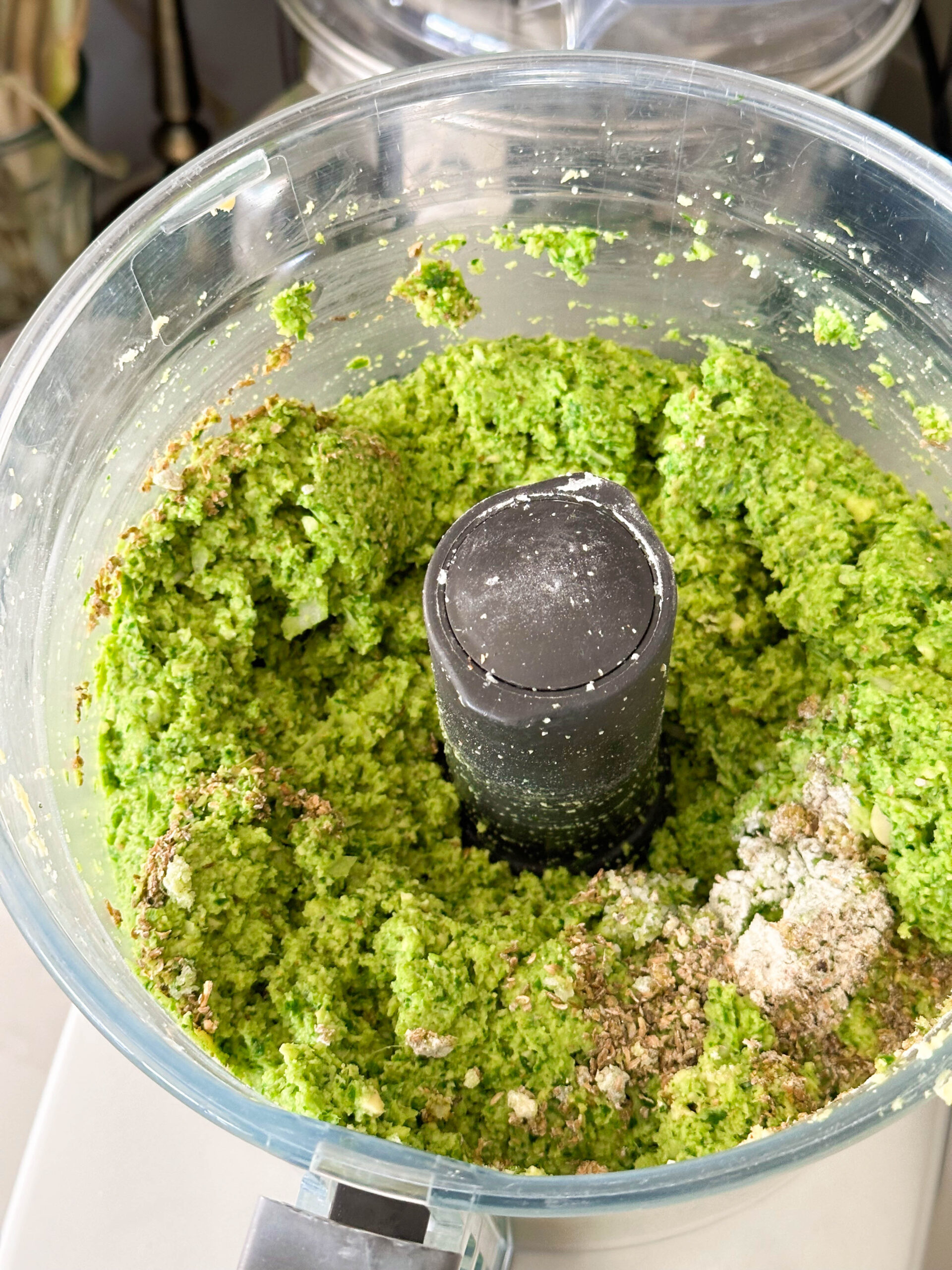
Step-by-Step Guide to Making Tamiya
Step 1: Soak and Prepare Fava Beans
First, soak the fava beans overnight (8 hours) in a large bowl, pouring in hot water 3 inches above the bean surface. The beans will absorb water, getting softer and, therefore, easier to process. The following day, drain the water, rinse the beans, and drain all liquid using a sieve.
Step 2: Blend Ingredients
Put the softened fava beans, parsley, cilantro, dill, yellow and green onion, garlic, and spices into a food processor until the mixture forms a dough. The consistency should allow you to create small oval patties.
Step 3: Shape and Fry
Mix the baking powder with one tablespoon of hot water and fold this into the mixture immediately. Form the falafel mixture into small round balls (or Falafel patties) and lightly dust them with sesame seeds.
Cook the patties in a pot of preheated oil (around 350°F) until golden brown on each side. Make sure the oil is hot enough to crisp the Falafel, the way the falafel will not become soaked in the oil too. Make as many falafels as you need and store the rest in a bag in the freezer to fry freshly when necessary.
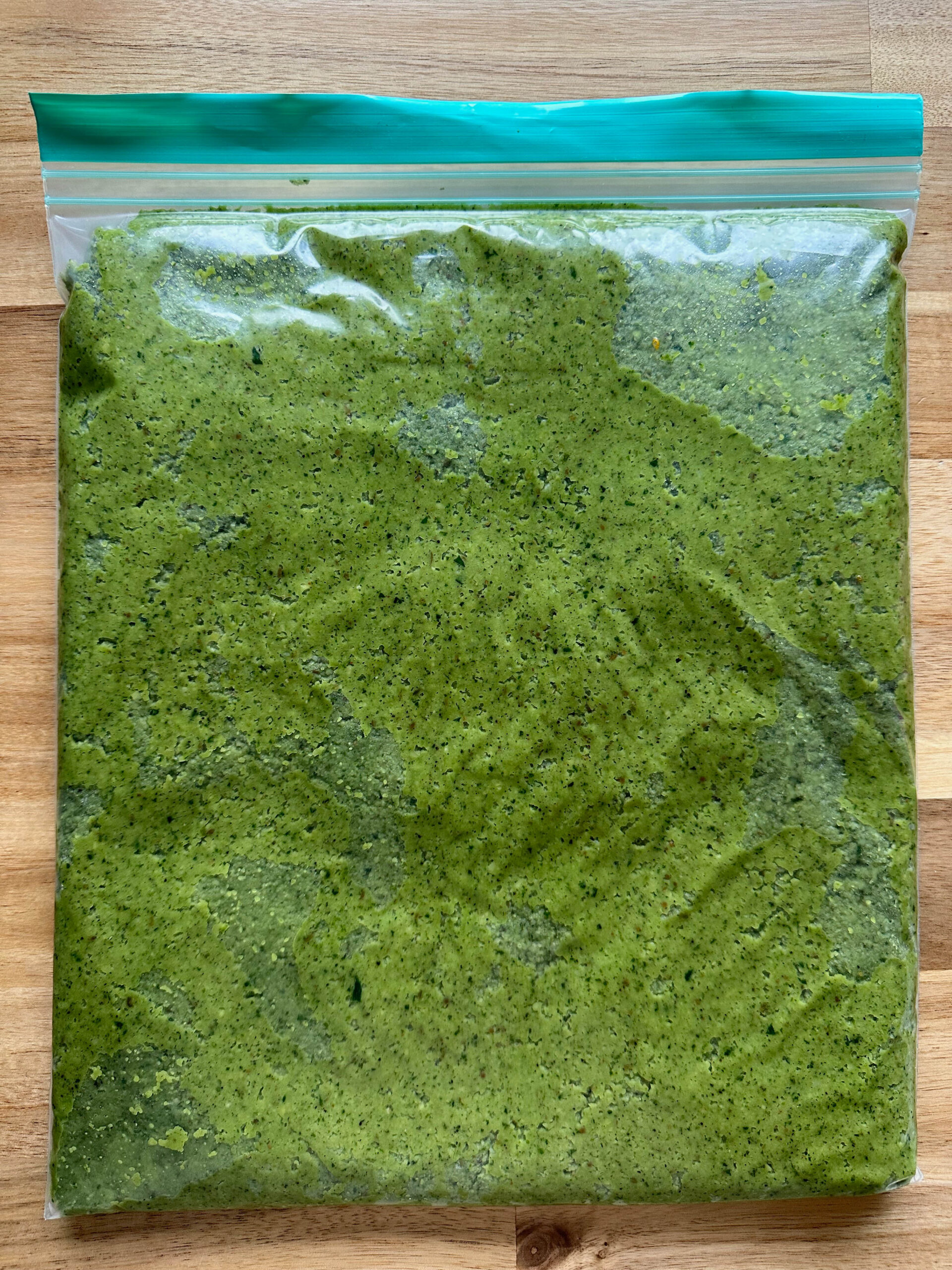
How to Serve and Enjoy Taameya
Tameya is eaten with Egyptian flatbread, thinly sliced tomatoes, and a generous drizzle of tahini. Add a squeeze of lemon for the fresh, zesty flavour, and you have a hearty breakfast treat. It also makes for a light lunch accompanied by fresh vegetables or pickles.
Tameya is best with Foul Melades (stewed fava beans), cucumber, and tomato salad. You can also try it with hummus (chickpea dip), as both dishes complement each other.
Traditional Accompaniments: Tahini, Pita, and Vegetables
Eat Tameya in character in a warm pita pocket with fresh vegetables such as finely chopped tomatoes, cucumbers, and onion. A generous tahini sauce and lemon juice drizzle can bring it all together.
Pairing Tameya with Other Egyptian Dishes
Pair Taameya with other traditional dishes, like Koshary or Koshari (a mixture of rice, lentils, and pasta) or Fuul Medames (a slow-cooked fava bean stew); to best complement it's flavours and create a satisfying hearty meal.
Health Benefits of Eating Tamiya
More than delicious, Tameya is nutritious!
Fava beans carry abundant protein, making them a plant-based powerhouse and a suitably appealing substitution for meat-based proteins. The beans are also a source of fiber.
For a lighter version, bake the Falafel instead of frying it. Brush the patties with oil and bake until crisp, shaving fat without compromising flavour.
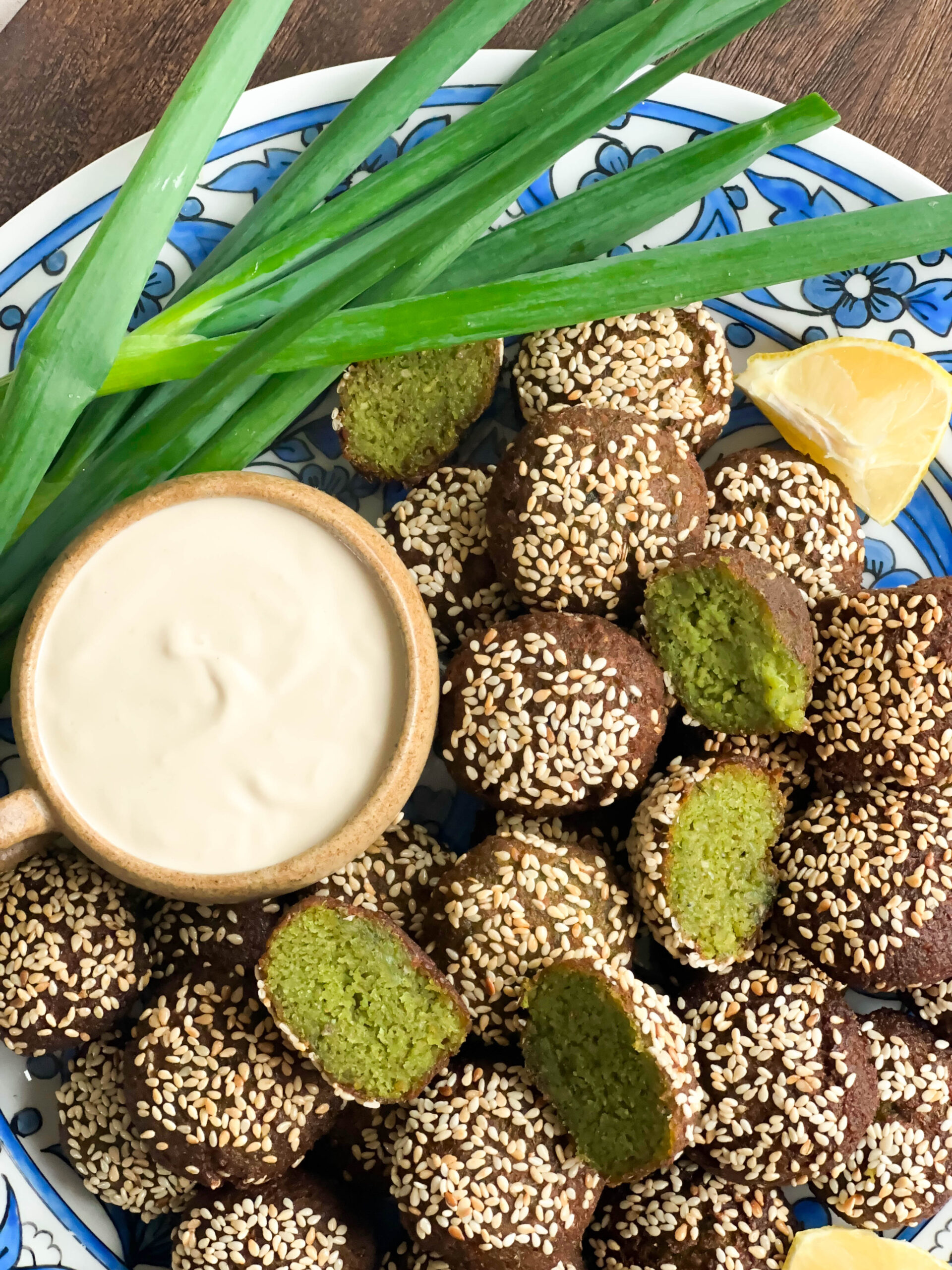
Frequently Asked Questions
1. Can I use chickpeas instead of dried split fava beans?
While fava beans are a necessary component of authentic Tameya; they produce a texture and flavour that can only be achieved using a chickpea-free base.
2. What’s the best oil for frying Tameya?
Vegetable, olive, or sunflower oil is best for frying Falafel because they have a high smoke point, making them crispy without burning.
3. Can I freeze Tameya?
Yes! Assemble them for rolling and braising in the shape you want to eat them, then lay them in a flat layer on the baking sheet and place the whole tray in the freezer. Freeze, then move the patties to a bag once the patties are solid. Fry from frozen. Alternatively, store the mixture flat in a zip lock back and defrost a couple of hours before frying.
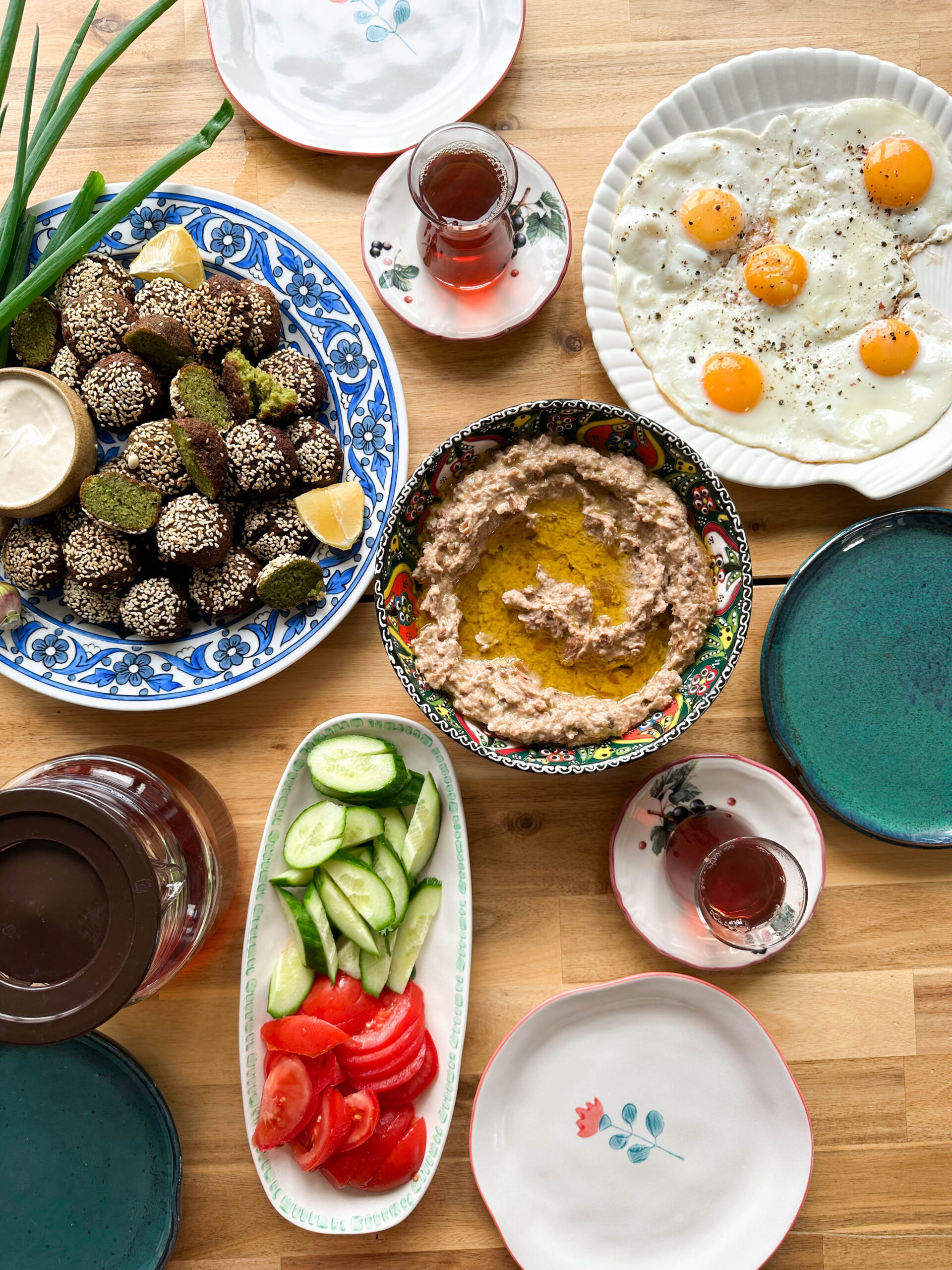
For more delicious breakfast recipes, visit my Breakfast section and browse some of my absolute favourite Middle Eastern recipes.
Remember, if you make Tameya at home, leave a comment or review on the page! I'm always here to answer any questions when making this recipe yourself. Your feedback and questions are always welcome.
You can even tag me on Pinterest or Instagram so I can see your creations! It brings me so much joy to see you all re-creating my recipes, and it is a massive motivator for me to create more tasty recipes for you to share with family and friends.
Of course, this is always the best place to keep in touch, and I love hearing from you all!
Love, Nelly 🙂
Other Sweet Recipes You'll Love:
- Sucuk & Eggs
- Persian Dill and Fava Bean Stew
- Batata Mahshi – Egyptian Stuffed Potatoes
- Bechamel Pasta Bake (Macarona Bechamel)
- Spanakopita Dip – Cheesy Spinach Dip
- Turkish Pastry With Cheese and Spinach
- Authentic Turkish Lentil Soup – Mercimek Çorbası
- Adasi – Persian Lentil Soup
- Hummus Loaded With Shirazi Salad
- Kuku Sibzamini – Persian Boiled Potato Patties
- Loaded Hummus with Shawarma Ground Beef
- Simple Dal Tadka with Extra Garlic and Chilli
- Persian Ramadan Lamb and Lentil Shami Kofta
Tameya: The Authentic Egyptian Falafel Recipe
- 450 g fava beans
- 1 Small yellow onion
- 80 g Green Onion
- 6 cloves Garlic
- 30 g Fresh parsley
- 30 g Fresh coriander
- 20 g Fresh dill
- 2 tsp Ground coriander
- 2 tsp Ground cumin
- 1 tsp Baking powder
- 3 tsp Salt
- 1 tsp Cayenne pepper
- 2 tbsp Flour (or chickpea flour for a gluten-free option if the mixture is too wet)
- 1 litre Vegetable oil for frying
- 1/4 cup Sesame for coating
Soak the fava beans overnight. The following day drain the water, rinse the beans and drain all liquid using a sieve to remove as much of the moisture as possible.
Put the softened fava beans, parsley, cilantro, dill, yellow and green onion, garlic, flour and spices into a food processor and blend until the mixture forms a dough. The consistency should allow you to create small oval patties.
Transfer the mixture to a bowl and mix in the flour.
Mix the baking powder with one tablespoon of hot warm to hot water and fold this into the mixture immediately.
Form the falafel mixture into small round balls and lightly press sesame seeds on both sides. This should slightly flatten the falafel's.
Cook the patties in a pot of preheated oil (around 350°F) until golden brown on each side.
Serve with warm wraps or Lebanese bread, garlic or tahini sauce, fresh salad, gherkins or pickled vegetables.


